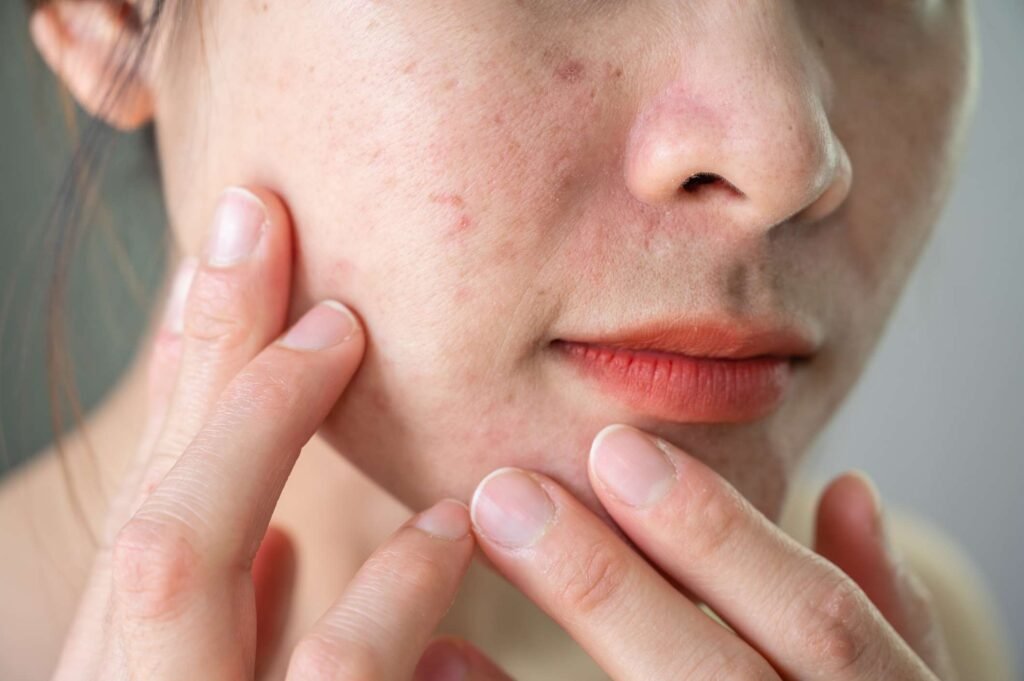Ultimate Guide to Improving Skin Texture: Tips and Professional Solutions
Enhancing skin texture is essential for achieving a smooth and radiant complexion. If you’re facing issues like acne breakouts, visible pores, flaky skin, or fine lines, a multi-faceted approach can help. This guide will cover effective techniques, from daily routines to professional treatments, to improve your skin texture.
Understand Skin Texture Issues
Skin texture can be influenced by various factors, including:
- Genetics
- Sun Damage
- Dehydration
- Diet
- Smoking
Understanding the root causes of your skin texture problems is the first step toward finding effective solutions. Conditions like acne or eczema can lead to textured skin, characterized by roughness or the presence of bumps.
Essential Steps to Improve Skin Texture
1. Use a Chemical Exfoliant
Chemical exfoliation removes dead skin cells and promotes cell turnover, revealing a smoother layer beneath. Dermatologists recommend looking for exfoliants that contain:
- Glycolic Acid: Ideal for its effectiveness in enhancing skin tone and texture.
- Lactic Acid: Gentler, suitable for dry and sensitive skin.
- Salicylic Acid: Perfect for oily and acne-prone skin as it helps unclog pores.
Usage Tips:
- Frequency: Exfoliate 1-2 times a week to avoid irritation.
2. Incorporate Vitamin C Serum
Vitamin C is a powerful antioxidant that brightens skin and improves texture. It’s essential to apply it daily, ideally paired with sunscreen to protect against sun sensitivity.
Benefits of Vitamin C:
- Fades dark spots
- Stimulates collagen production
- Enhances overall skin brightness
3. Apply Sunscreen Daily
Daily sunscreen use is crucial for preventing UV-induced damage, which can contribute to poor skin texture and premature aging.
Expert Recommendations:
- Use a broad-spectrum sunscreen with an SPF of at least 30.
- Apply to all exposed areas, including the face, ears, neck, and chest—even on cloudy days!
4. Use Retinol or Retinoid Treatments
Retinol and retinoids can significantly improve skin texture by promoting collagen production and enhancing cell turnover.
Dosage Guidelines:
- Start with a low concentration, applying 2-3 times a week in the evening.
5. Moisturize Daily
Hydration is vital for maintaining skin elasticity and texture. Choose moisturizers that contain:
- Hyaluronic Acid: Attracts moisture and plumps the skin.
- Ceramides: Help to repair the skin barrier and lock in hydration.
Daily Routine:
- Apply moisturizer twice a day for optimal hydration.
Advanced Treatments for Skin Texture
Microneedling
Microneedling involves creating tiny injuries in the skin, promoting collagen production and accelerating the healing process.
Chemical Peels
Professional chemical peels can remove layers of skin, improving texture through deep exfoliation.
Laser Resurfacing
This intense treatment uses light energy to stimulate collagen and remove the outer skin layer. It’s best to schedule these treatments in the fall and winter when sun exposure is minimized.
Conclusion: Taking Charge of Your Skin Texture
Improving skin texture is a gradual process that combines daily care and occasional professional treatments. From chemical exfoliation to daily moisturizing and advanced procedures like microneedling, a structured approach can lead to noticeable improvements.
If skin texture remains a concern despite home treatments, consider consulting a certified dermatologist. They can recommend tailored professional interventions for the best results.
Stay consistent with your skincare routine, and enjoy the journey to healthier, smoother skin!
For additional insights on skincare, explore expert resources linked within this article, including dermatological guidelines and product recommendations.


